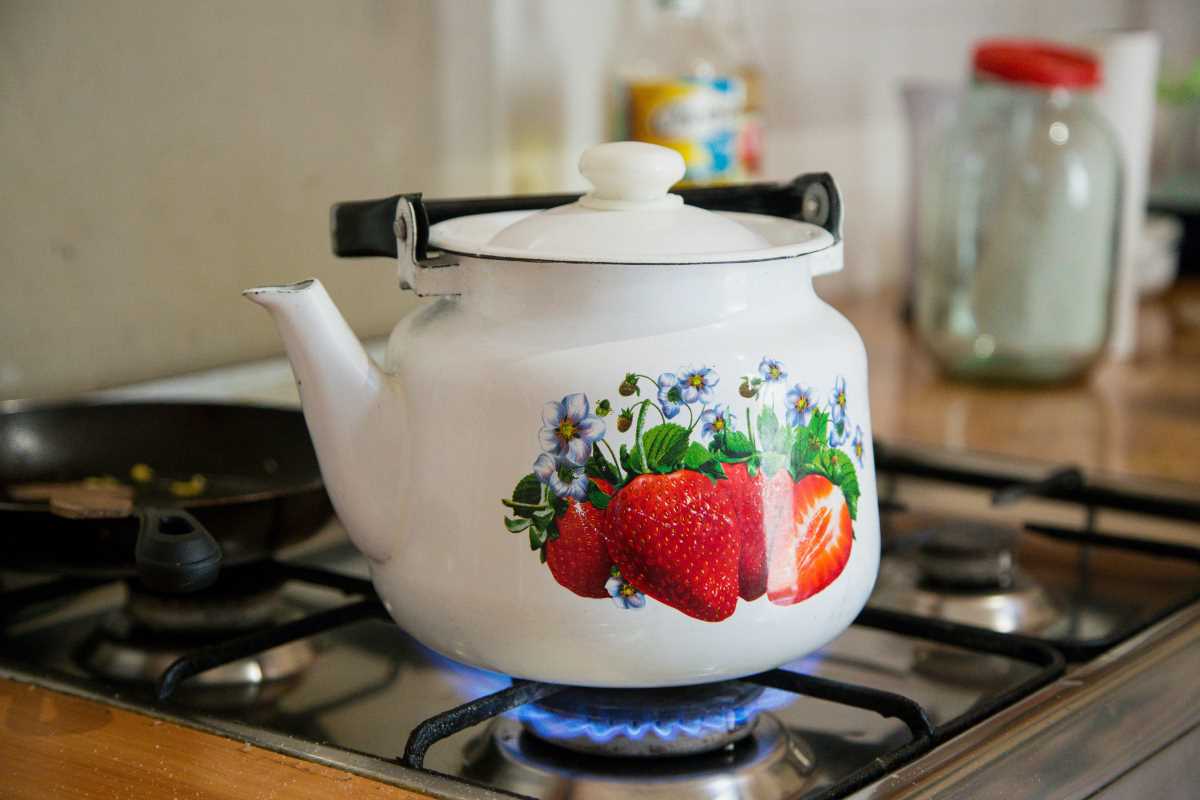Living with arthritis can make everyday tasks challenging, especially in a kitchen environment. The kitchen, often considered the heart of the home, involves a variety of movements and activities that can strain aching joints. From reaching high shelves to gripping heavy cookware, arthritis sufferers frequently encounter obstacles that make cooking and food preparation difficult. Fortunately, advancements in smart kitchen technology offer a range of modifications designed to enhance accessibility and ease of use, allowing individuals with arthritis to maintain their independence and enjoy a comfortable kitchen experience.
Traditional kitchen setups can be troublesome for those with arthritis. Standard countertops might be too high, making it hard to work comfortably, while cabinets with fixed hinges can be difficult to open. Handles and knobs that require tight gripping can exacerbate joint pain, and slippery flooring increases the risk of falls. Repetitive motions involved in chopping, stirring, and lifting can lead to increased discomfort and fatigue. These challenges not only affect the efficiency of meal preparation but also impact the overall quality of life for those managing arthritis.
Challenges in a Traditional Kitchen
In a conventional kitchen, the design often overlooks the specific needs of individuals with arthritis. One of the primary challenges is the height of countertops and workspaces. Standard heights may force arthritis sufferers to bend excessively or stretch beyond their comfortable range, leading to additional strain on their joints.
Another significant issue is the type of cabinetry and storage solutions commonly used. Cabinets with hard-to-reach contents or those requiring strong grips to open can be frustrating and painful to navigate. Appliances with manual controls and heavy doors can pose considerable difficulties, making routine kitchen tasks more arduous than necessary.
Smart Kitchen Technologies
- Adjustable Countertops: These allow users to change the height of their work surfaces, reducing the need for bending or stretching.
- Automatic Cabinet Openers: Motorized systems can open and close cabinets with minimal effort, eliminating the need for heavy lifting.
- Touchless Faucets: Sensors enable hands-free operation, making it easier to manage water flow without turning knobs.
- Smart Lighting: Automated lighting systems ensure adequate illumination without the need to reach high switches.
- Voice-Activated Appliances: Devices that respond to voice commands can simplify operations like adjusting oven temperatures or setting timers.
- Ergonomic Utensils: Tools designed with larger, easier-to-grip handles reduce the strain on arthritic hands during cooking.
Practical Modifications for Arthritis Sufferers
Implementing practical modifications can make a significant difference in the usability of a kitchen for those with arthritis. Simple changes, such as installing pull-out shelves, can make accessing items easier without reaching high or bending low. Lever-style handles on doors and drawers are easier to operate than traditional knobs, providing a more comfortable grip.
Another effective modification is using non-slip mats and flooring to enhance safety and prevent falls. Adjustable-height countertops can be a game-changer, allowing users to set the workspace at a comfortable level, whether sitting or standing. Replacing standard faucets with touchless versions reduces the need for twisting and gripping, thereby minimizing joint stress.
Implementing Kitchen Modifications
- Assess Needs: Begin by evaluating the specific challenges faced in your current kitchen setup. Identify areas where modifications can alleviate discomfort.
- Research Solutions: Explore available smart kitchen technologies and ergonomic products that address your identified needs.
- Plan Layout: Design a kitchen layout that incorporates the chosen modifications, ensuring optimal placement for ease of use.
- Consult Professionals: Engage with kitchen designers or occupational therapists who can provide expert advice on the best modifications for your situation.
- Install Modifications: Proceed with the installation of selected technologies and ergonomic solutions, either DIY or with the help of professionals.
- Test and Adjust: After implementation, test the modifications to ensure they meet your needs and make any necessary adjustments for maximum comfort and functionality.
Benefits of Kitchen Accessibility
Investing in kitchen modifications offers numerous benefits for arthritis sufferers. Enhanced accessibility leads to greater independence, allowing individuals to perform kitchen tasks without assistance. This autonomy boosts confidence and contributes to a sense of normalcy and control over one's environment. Furthermore, reducing the physical strain associated with cooking and cleaning helps minimize pain and fatigue, improving overall well-being.
Accessible kitchen designs also enhance safety by reducing the risk of accidents caused by slippery floors or hard-to-reach items.
By creating a more user-friendly space, these modifications encourage continued participation in daily activities, which is essential for maintaining physical health and mental well-being. Integrating smart technologies can make kitchen tasks more efficient and enjoyable, transforming the kitchen into a welcoming and functional part of the home. Smart kitchen modifications not only address the immediate challenges faced by arthritis sufferers but also provide long-term solutions that adapt to changing needs.
Making thoughtful adjustments to the kitchen environment can significantly enhance the quality of life for individuals with arthritis. By embracing smart technologies and ergonomic designs, it's possible to create a kitchen that is both beautiful and functional, tailored to meet the unique needs of those who use it.
 (Image via
(Image via





